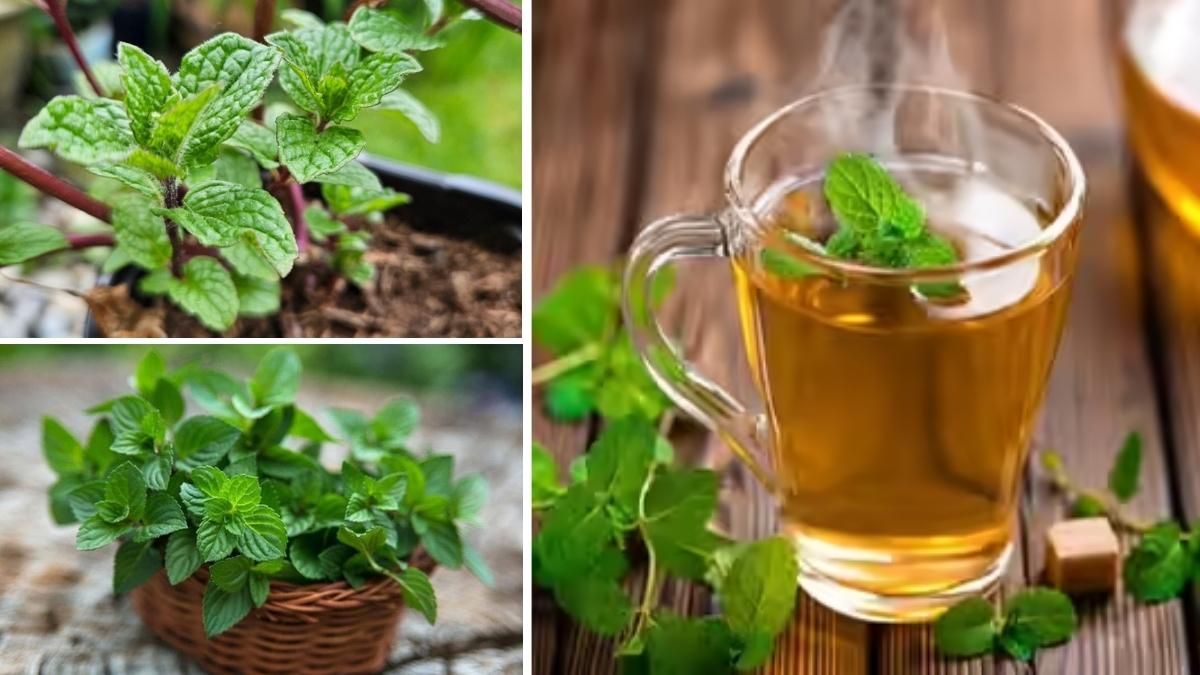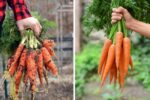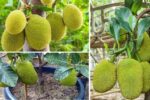Growing herbal tea at home can be a rewarding and relaxing experience, especially when you don’t have a backyard. If you’re craving fresh herbs for your tea but lack outdoor space, there’s still hope. Whether you’re in an apartment or have limited room, you can easily grow herbs indoors. In this guide, we’ll explore how to grow your own herbal tea at home with simple steps, no backyard required.
Why Grow Herbal Tea at Home?
If you’ve ever tasted fresh herbal tea, you know there’s a significant difference in flavor compared to store-bought options. When you grow your own herbs, you not only get access to the freshest ingredients, but you also have the ability to experiment with different varieties. Growing your own herbs is also cost-effective, sustainable, and therapeutic. It gives you the power to brew teas free from artificial additives and preservatives, plus you get to enjoy the process of nurturing your plants from seed to cup.
Best Herbs for Indoor Herbal Tea Gardens
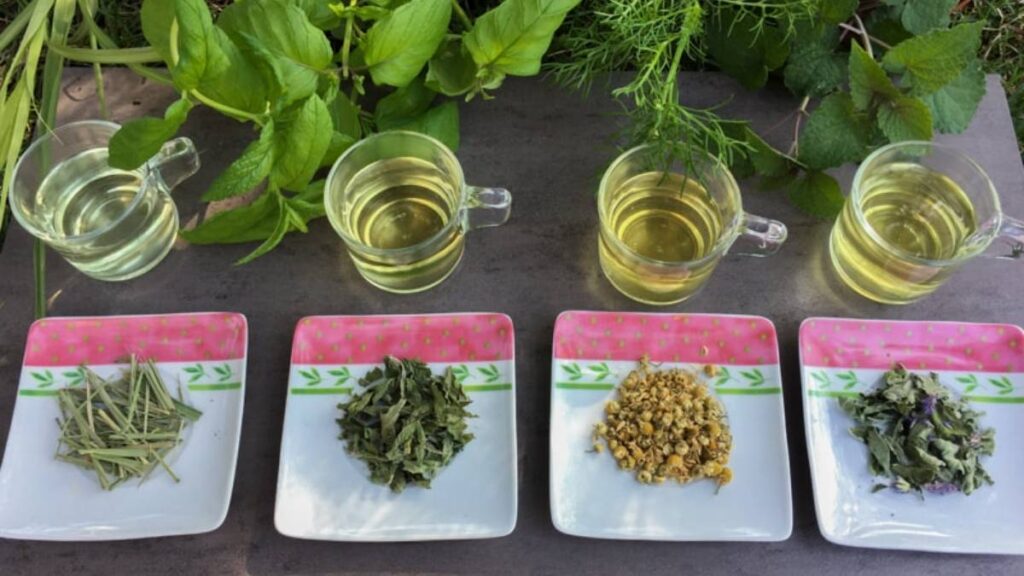
If you’re wondering which herbs to grow, some are particularly suited for indoor growing. Here are a few of the best options for a flavorful tea garden:
1. Mint: Mint is incredibly easy to grow indoors and doesn’t require much attention. It’s also a popular herb for making refreshing iced tea or hot tea blends. It grows quickly, so you’ll have plenty to harvest.
2. Chamomile: Chamomile is perfect for a relaxing cup of tea before bed. It’s also easy to grow indoors and does well in containers. Plus, it has a lovely floral scent that fills your space.
3. Lemon Balm: Known for its lemony scent and calming properties, lemon balm is an excellent herb for tea. It’s hardy and can thrive indoors with the right care.
4. Lavender: If you love floral teas, lavender should be on your list. It requires a bit more sunlight, but with proper care, it will reward you with beautiful flowers and soothing tea.
5. Ginger: Though not technically an herb, ginger is a great addition to your herbal tea collection. It grows well in containers indoors and adds a spicy kick to your teas.
Choosing the Right Containers for Indoor Herbs
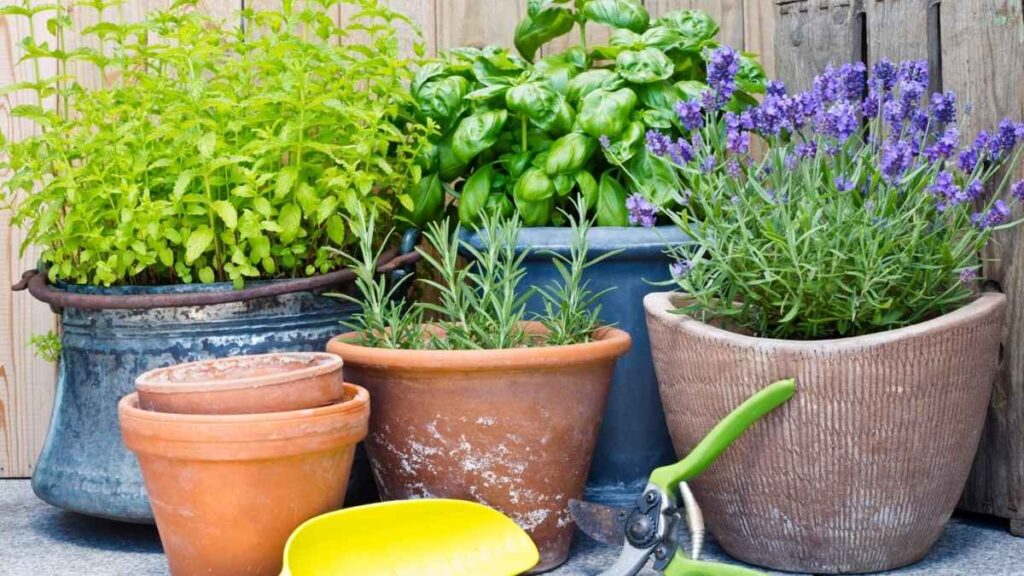
One of the first things to consider when growing herbs indoors is the container. Almost any container can work, as long as it has good drainage. Here are some tips for selecting the right ones:
- Size: Choose a container that gives your plant enough space to grow. Most herbs don’t need deep pots, but they do need room for their roots to spread out. A pot that’s about 6–8 inches deep is usually enough.
- Material: Terracotta pots are a good option because they are breathable, which helps prevent overwatering. However, plastic pots are also popular since they retain moisture well.
- Drainage: Make sure your container has holes at the bottom. Without proper drainage, the roots can become waterlogged, leading to root rot. If your pot doesn’t have drainage holes, you can always add some gravel to the bottom.
Where to Place Your Indoor Herbal Garden
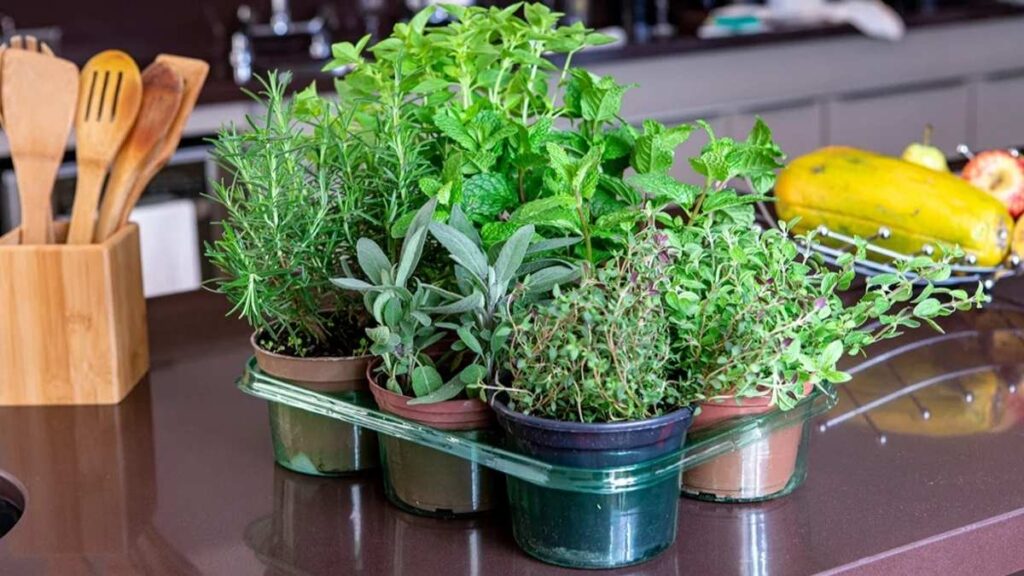
Now that you have your herbs and containers ready, the next step is to choose the best location. Herbs need sunlight, but most prefer indirect light, especially indoors.
- Windowsill: A south-facing windowsill is ideal for most herbs. It provides enough natural light for healthy growth. Just ensure that the herbs don’t get too much direct sunlight, as this can dry them out.
- Grow Lights: If you don’t have a sunny windowsill, you can invest in grow lights. These artificial lights are designed to mimic the sunlight that plants need to grow. They can be placed just above your plants and turned on for about 12–16 hours a day.
- Avoid Cold Spots: Keep your herbs away from drafty windows or doors. Cold air can stunt growth, so it’s important to provide them with a stable environment.
How to Care for Your Indoor Herbal Tea Plants
Taking care of your herbs is easy as long as you keep a few basic tips in mind. Here’s how to ensure your plants thrive:
- Watering: Herbs like mint and chamomile prefer slightly moist soil, while others like lavender and rosemary prefer their soil to dry out a bit between waterings. Overwatering is a common mistake, so make sure the top of the soil dries out before you water again.
- Pruning: Regular pruning encourages healthy growth. Pinch off any dead or yellowing leaves to keep your plants looking fresh. With some herbs like mint, you’ll want to trim back the tops to keep them bushy and productive.
- Feeding: Indoor herbs benefit from occasional feeding. Use a balanced, water-soluble fertilizer every 4–6 weeks during the growing season. Be cautious not to overfeed, as this can damage the plants.
When to Harvest Your Herbal Tea Plants
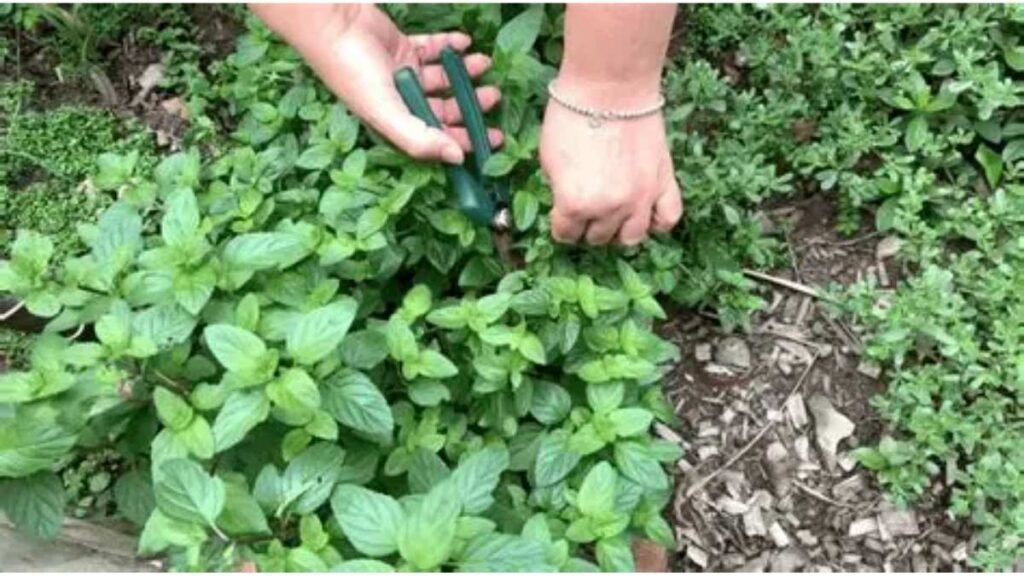
Knowing when to harvest your herbs is key to getting the best flavor. For most herbs, it’s best to wait until the plants are mature, and they’ve developed plenty of leaves.
- Mint: Harvest leaves regularly, but don’t remove more than a third of the plant at once. This helps maintain healthy growth.
- Chamomile: Harvest chamomile flowers when they are fully open. This is when they contain the most essential oils for a flavorful tea.
- Lavender: Pick lavender flowers when they are in full bloom. You can dry them for use later in your tea blends.
How to Make Herbal Tea from Your Plants
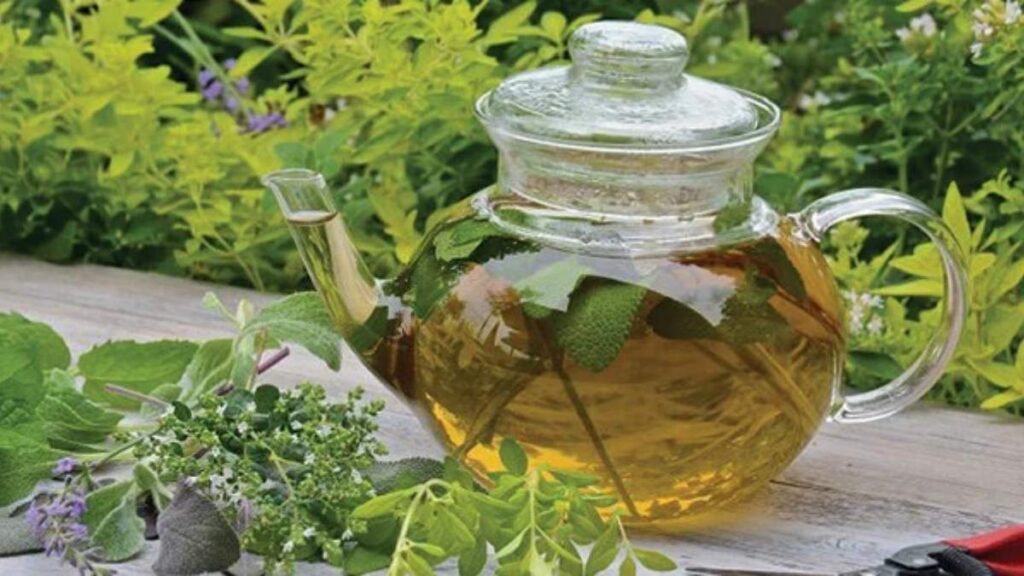
Making tea from your homegrown herbs is as simple as it gets. Here’s how you can do it:
- Fresh Tea: Pick a few fresh leaves or flowers, rinse them gently, and steep them in hot water for 5–10 minutes. Adjust the steeping time depending on how strong you like your tea.
- Dried Tea: If you prefer to dry your herbs, hang them upside down in a cool, dry area. Once dried, store them in an airtight container. To make tea, simply steep the dried leaves in hot water.
Conclusion
Growing your own herbal tea at home without a backyard is entirely possible. With just a few simple steps, you can have a fresh, aromatic tea garden right on your windowsill. The best part? You don’t need a green thumb to get started. By choosing the right herbs, containers, and placement, you can enjoy delicious, homegrown teas year-round, no matter how much space you have. Happy gardening and even happier sipping!

